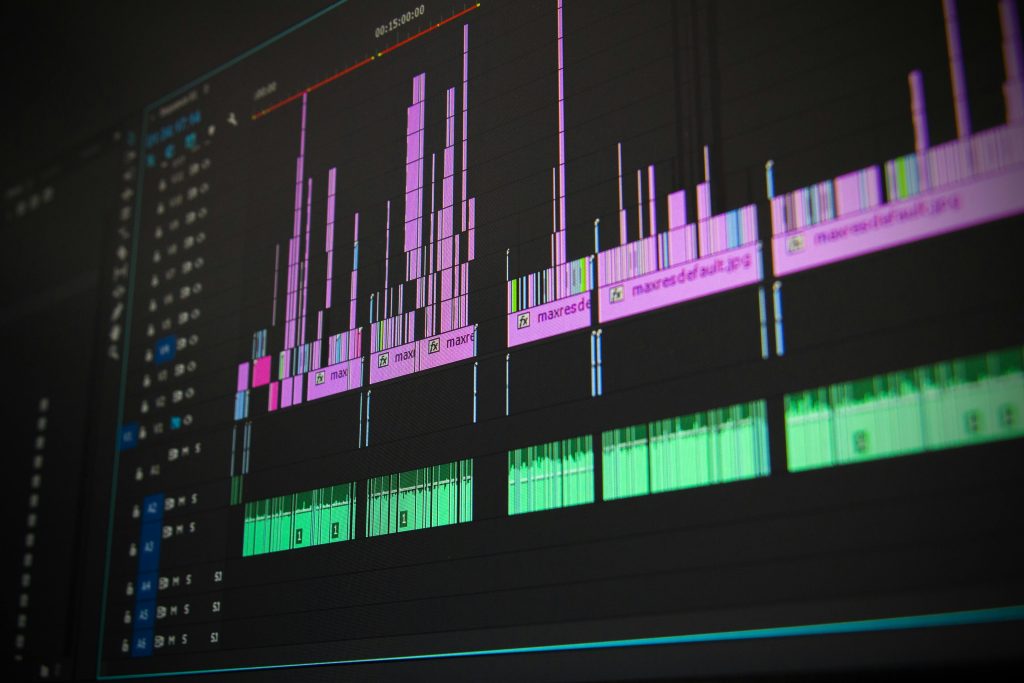Introduction
Striking the right balance in email marketing frequency is one of the most critical—and most misunderstood—elements of a successful campaign. Send too often, and your subscribers may tune out, mark you as spam, or unsubscribe. Send too infrequently, and you risk being forgotten altogether.

So, what’s the sweet spot? The truth is, there’s no universal answer, but there is a strategic approach. In this guide, we’ll examine the factors that influence ideal send frequency, explore subscriber psychology, and provide data-backed benchmarks and practical tips to help you keep your audience engaged—without overwhelming their inboxes.
Why Send Frequency Matters More Than You Think
1. Impacts Engagement Metrics
- Open and click-through rates can fluctuate dramatically based on how often you send.
- Higher frequency may lead to fatigue, lower interaction, or spam complaints.
2. Influences Deliverability
- ISPs monitor how recipients interact with your emails.
- Consistently ignored emails = lower sender reputation and inbox placement.
3. Shapes Brand Perception
- Well-timed emails enhance brand authority and relevance.
- Poorly timed or excessive emails can lead to annoyance and erosion of trust.
General Benchmarks: What the Data Suggests
While every list is different, multiple studies provide insight into subscriber tolerance and engagement trends.
| Frequency (per week) | Engagement Impact |
|---|---|
| 1x / week | Most stable, low unsubscribe rate |
| 2–3x / week | Ideal for eCommerce and news-focused content |
| Daily (5–7x) | Only sustainable for high-value or urgent content |
| 1x / month or less | Risks disengagement or forgotten brand |
Litmus (2023) reports that the average brand sends 2–3 emails per week, while HubSpot recommends adjusting based on list behavior and segmentation.
Factors That Influence the Ideal Frequency
1. Type of Business

- E-commerce: Higher frequency works (product drops, promotions, cart recovery).
- B2B services: Lower frequency is preferred (thought leadership, newsletters).
- Media/News: Daily or even multiple times daily (if content is value-rich).
2. List Segmentation
Not all subscribers want the same thing. Segmenting your list by interest, behavior, or engagement level can guide how often you should reach out.
Segmentation Strategies:
- New subscribers: Send more often initially (onboarding series).
- High-engagement users: Offer weekly or bi-weekly emails.
- Low-engagement users: Test monthly digest format or re-engagement campaigns.
3. Type of Email Content
- Promotional: Limit to 1–2 times per week unless tied to a sale event.
- Educational/Informative: Weekly or bi-weekly works well for most audiences.
- Transactional: Sent as needed (e.g., receipts, shipping confirmations).
- Behavioral/Triggered: Based on specific actions (browsing history, abandoned cart).
4. Subscriber Expectations
What did you promise on your signup form? Frequency should match what subscribers were told to expect.
Tip: Use clear language like “weekly tips,” “monthly digest,” or “occasional updates” to set expectations upfront.
How to Find Your Optimal Email Frequency
Step 1: Start with a Baseline
Begin with a once-a-week cadence for general newsletters or promotional content. It’s a safe starting point for most businesses.

Step 2: Monitor Engagement Metrics Closely
Track:
- Open Rate
- Click-Through Rate (CTR)
- Unsubscribe Rate
- Spam Complaints
Benchmark Example:
- Open Rate: 20–25% = healthy
- CTR: 2–5% = average
- Unsubscribe Rate: Below 0.5% is ideal
Step 3: A/B Test Frequency
Run experiments over a 4-week period with different segments:
- Group A: 1 email/week
- Group B: 2 emails/week
- Group C: 3 emails/week
Measure changes in key metrics and compare.
Step 4: Use Subscriber Preferences
Let users control how often they hear from you via a preference center.
Offer frequency options:
- Weekly
- Bi-weekly
- Monthly
- Pause or “Snooze” options
This increases trust and reduces unsubscribes.
Pro Tips to Maintain High Engagement
1. Prioritize Value Over Volume
Every email should have a clear benefit to the reader. More value = more tolerance.

2. Use Behavioral Triggers
Send based on actions, not just dates. Examples:
- Visit to pricing page triggers product-focused email
- Cart abandonment triggers limited-time offer
3. Include Re-Engagement Campaigns
For inactive subscribers (no opens in 60+ days), send a message with:
- A value-packed offer
- Frequency adjustment options
- Option to opt out gracefully
4. Watch for Engagement Decay
If open rates start to drop and unsubscribes spike, it’s time to reassess your cadence or content relevance.
Conclusion
The best email send frequency is not fixed—it’s responsive. It depends on your industry, your audience, and your content. A good rule of thumb is to start small, measure aggressively, and evolve continuously. By listening to your subscribers, monitoring behavior, and offering value consistently, you’ll build trust and keep your email list engaged—without overwhelming them.
Remember, your goal isn’t just to send more—it’s to be welcomed when you land in the inbox.
